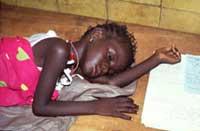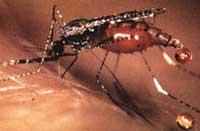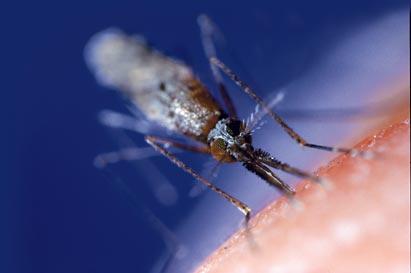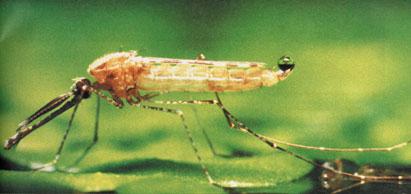RTS,S malaria vaccine will now be tested in children
2003/07/16 Kortabitarte Egiguren, Irati - Elhuyar Zientzia

It consists mainly of a protein found on the surface of the malaria parasol RTS,S. However, it also has part of the virus that causes hepatitis B, too small to cause hepatitis, but malaria to highlight the disease. The last component of the vaccine is an auxiliary chemical mixture.
In tests conducted to date in the Gambia, RTS,A has protected malaria from the disease to 71% of adults. If these results are repeated or improved in children, they will also vaccinate newborns.
Malaria is a long-known deadly disease. Formerly it was considered that the origin of the disease was that of the rolled swamps. In 1880, however, scientists discovered that the real culprit of malaria was the single-celled parasite Plasmodium falciparum, human liver and red blood cells.

They also saw that this parasite is transmitted through the bite of the female carabiner of the genus Anopheles. The first symptoms of malaria appear between 9 and 14 days after the mosquito bite, and are similar to those of the flu: fever, headache, nausea... As the disease progresses, health problems become even more complicated and often cause death.
90% of deaths from this disease occur in sub-Saharan Africa, where every 30 seconds a child sick from malaria. A really significant data or one to consider, right?

Gai honi buruzko eduki gehiago
Elhuyarrek garatutako teknologia






